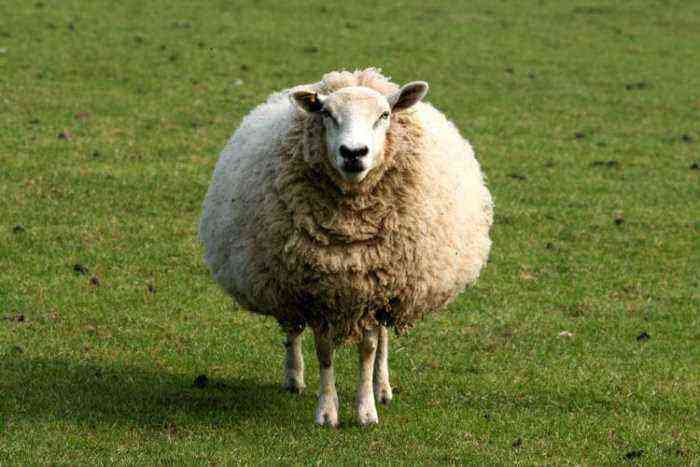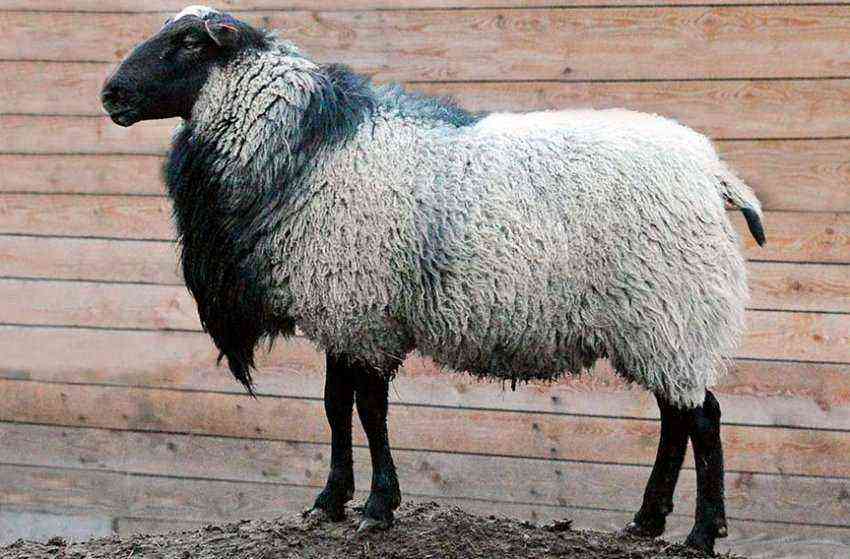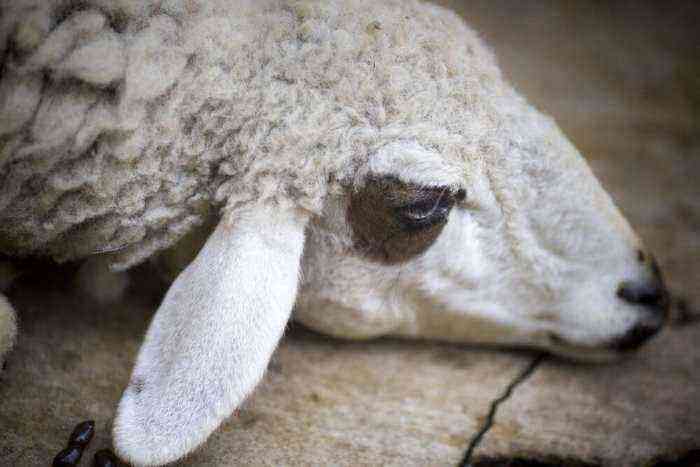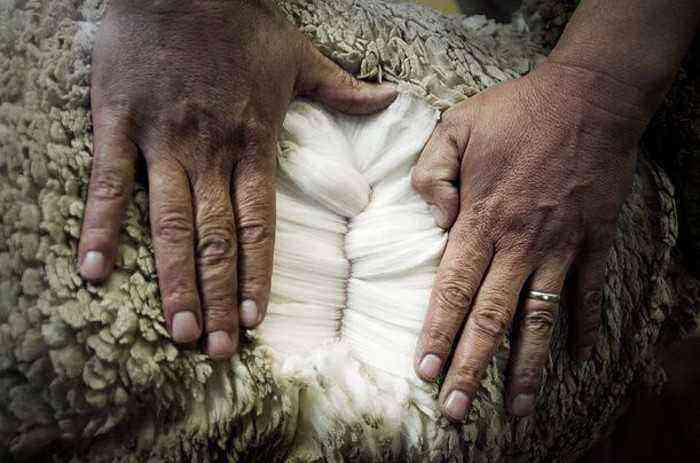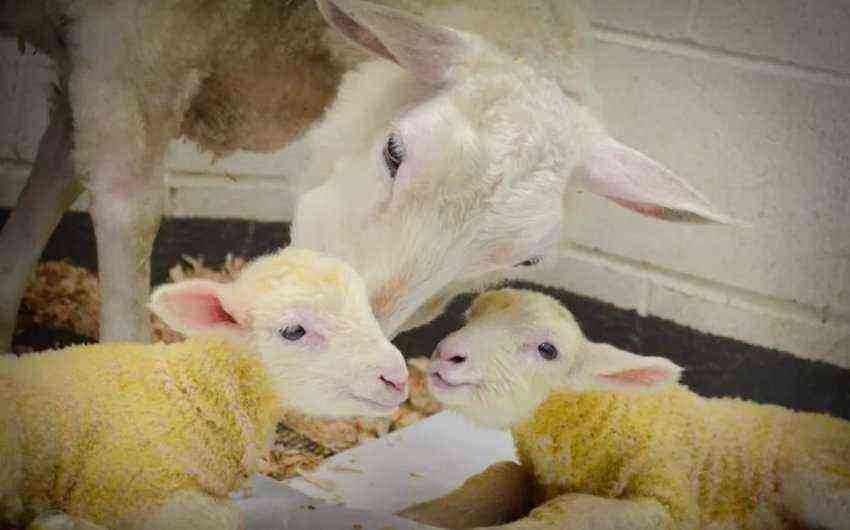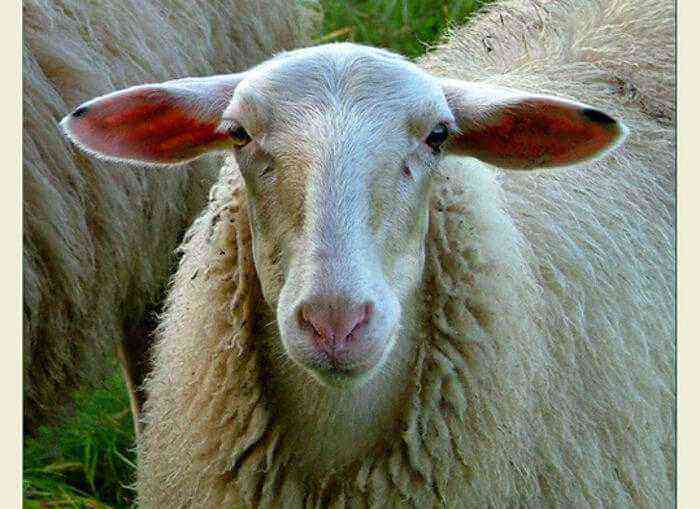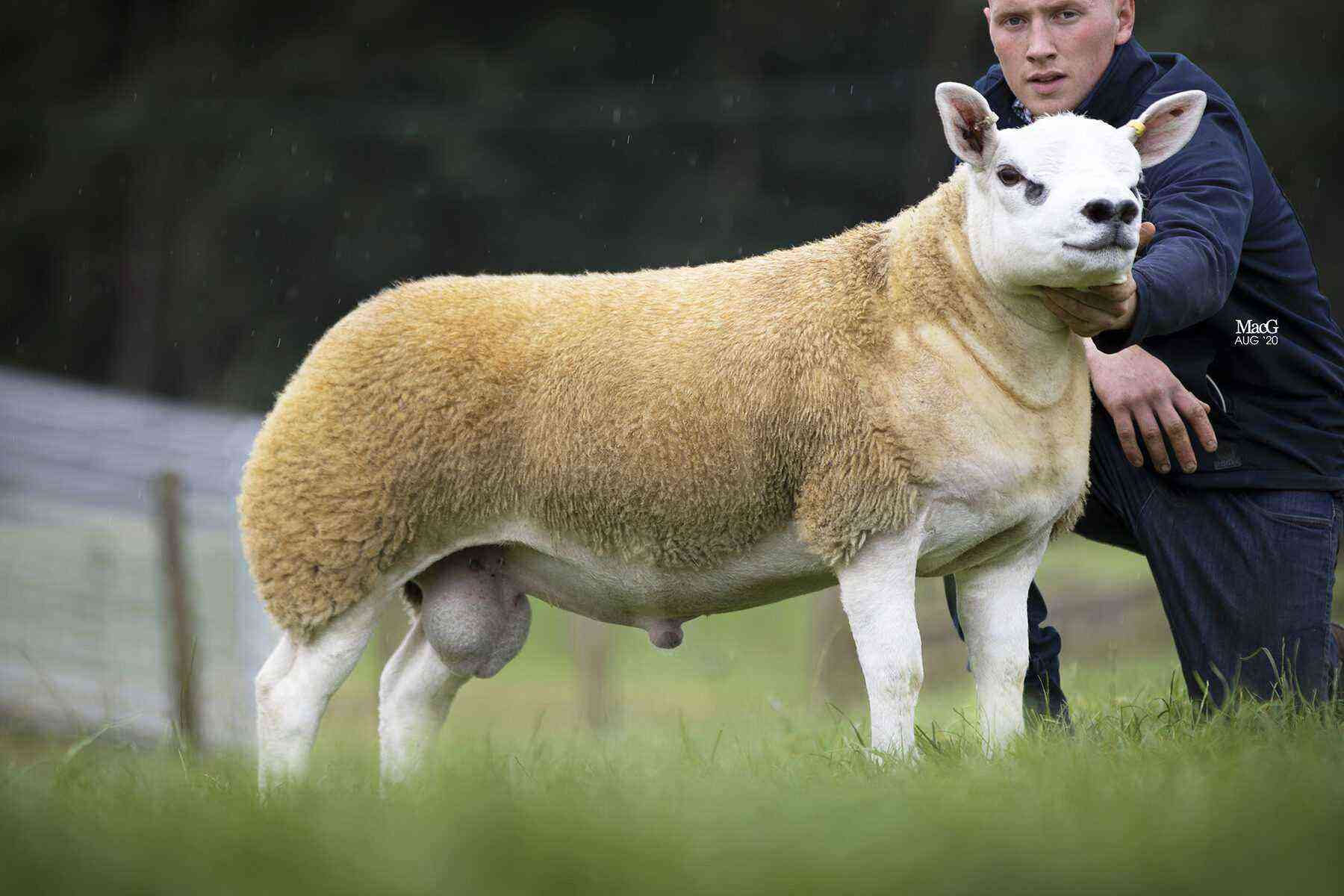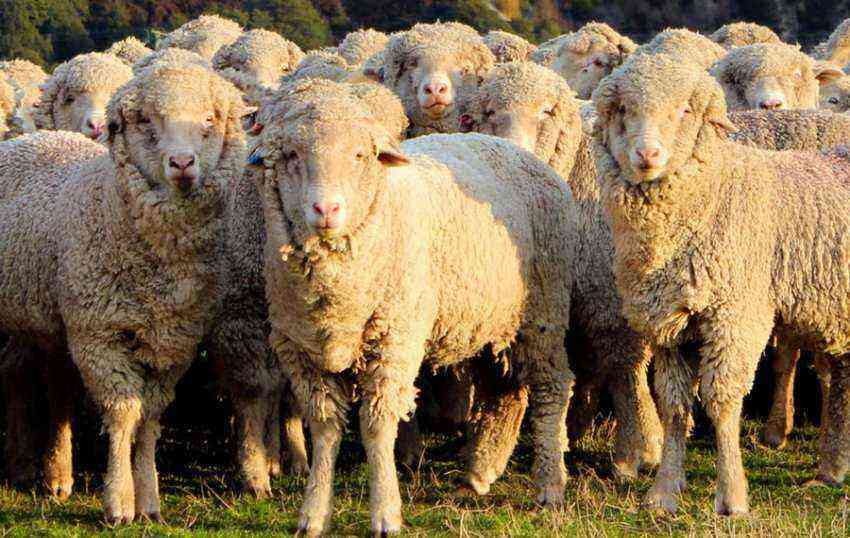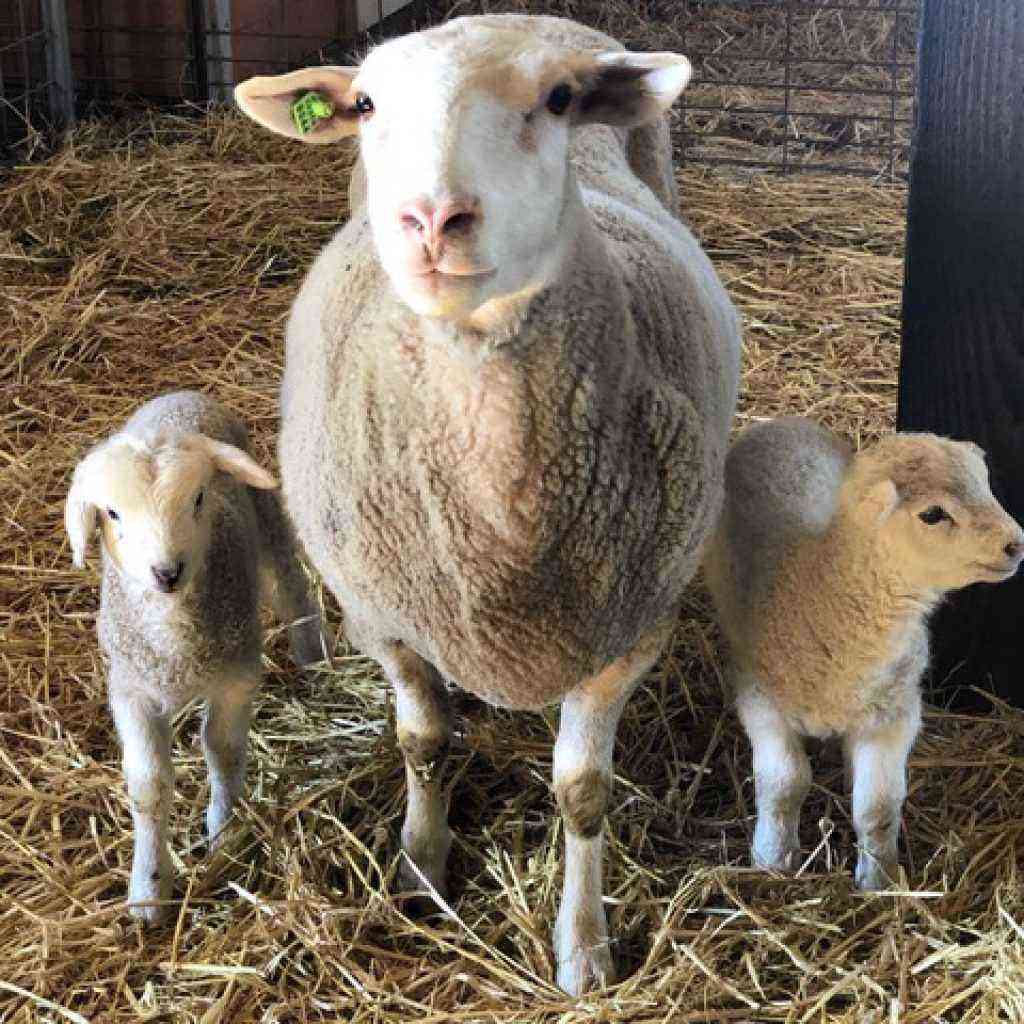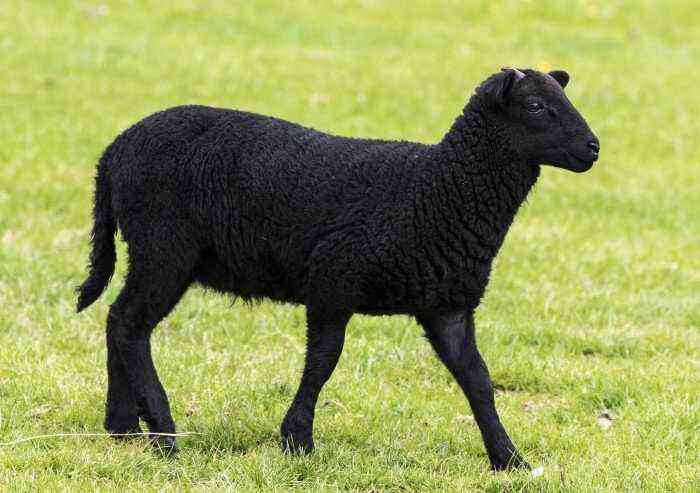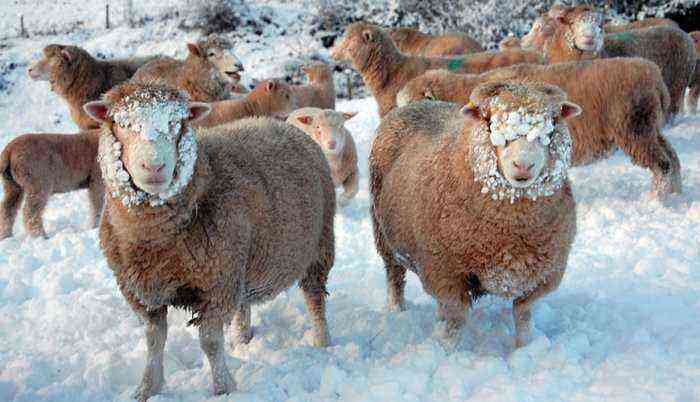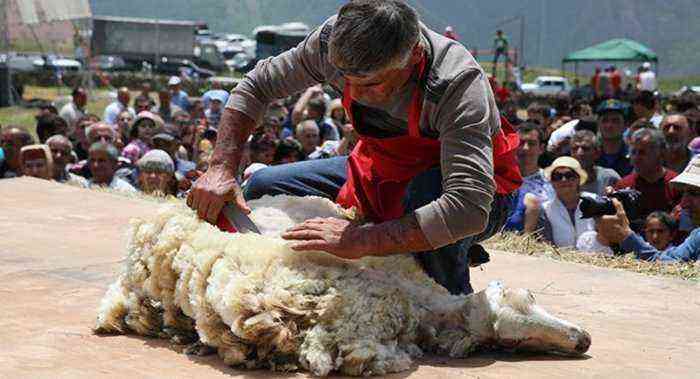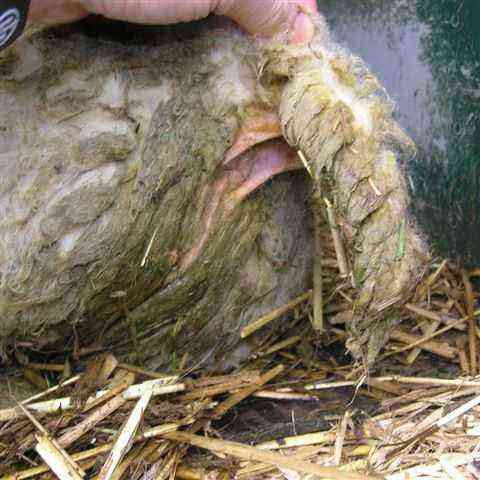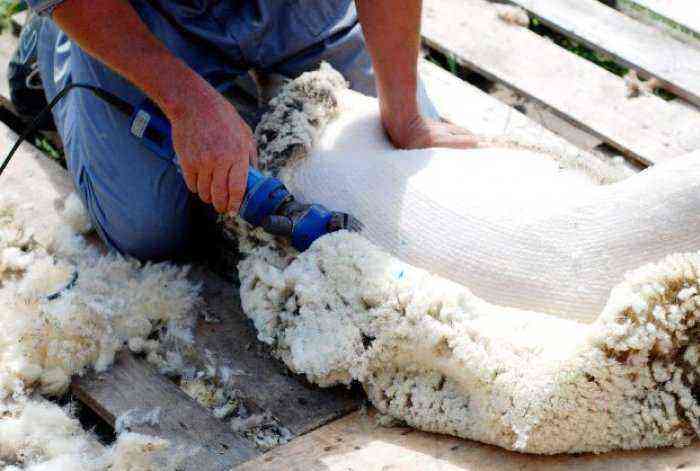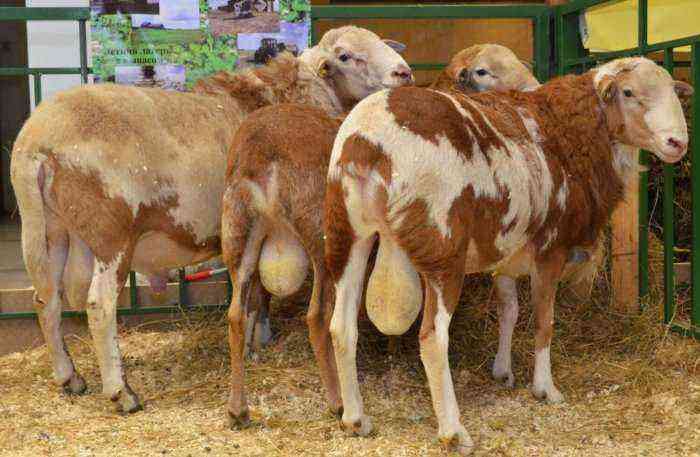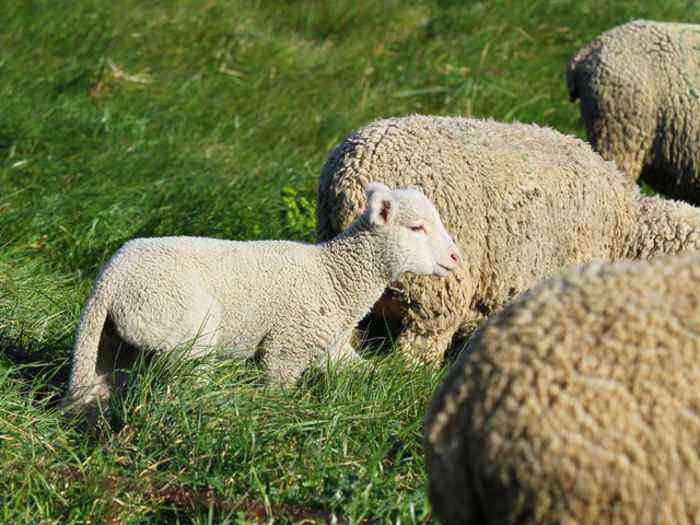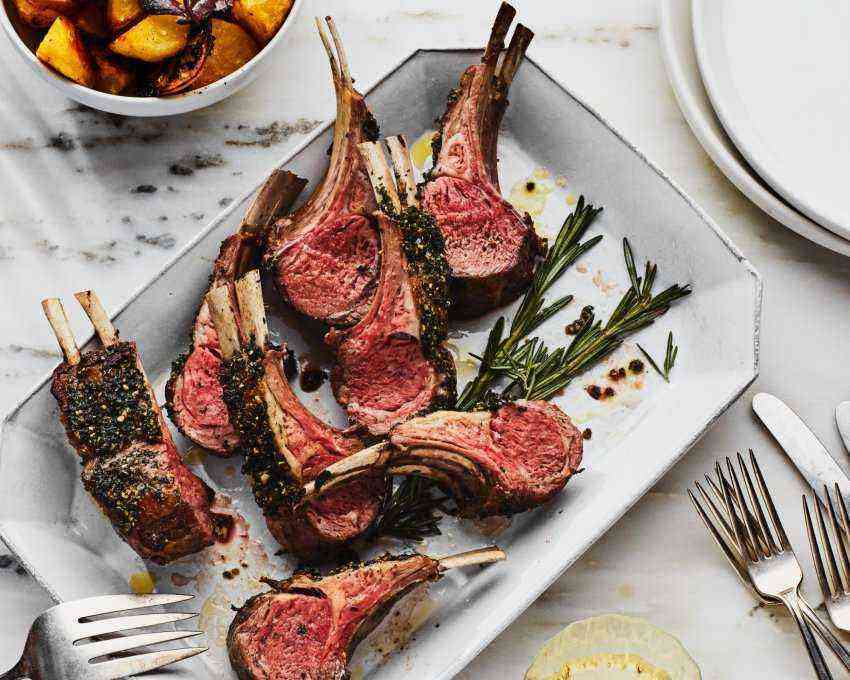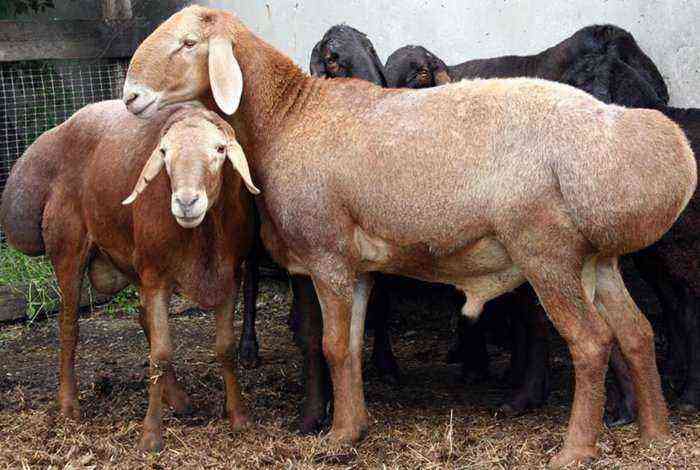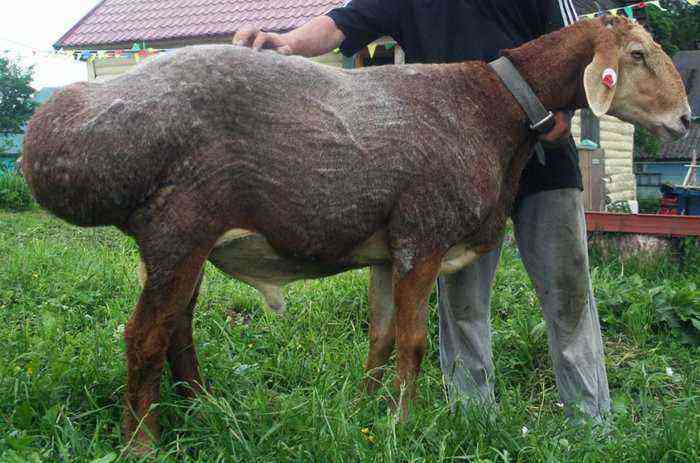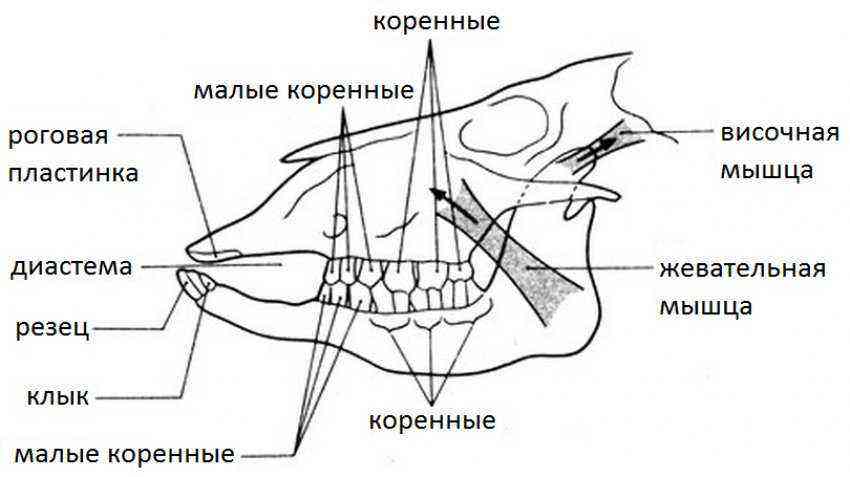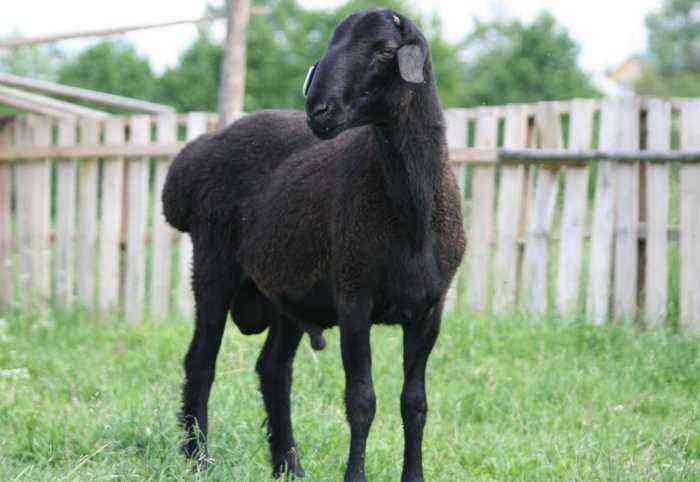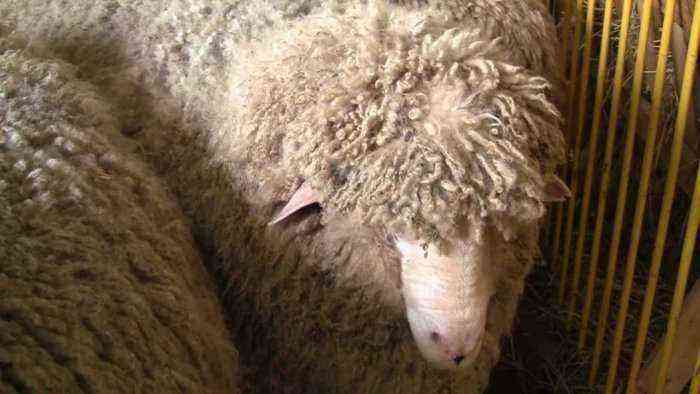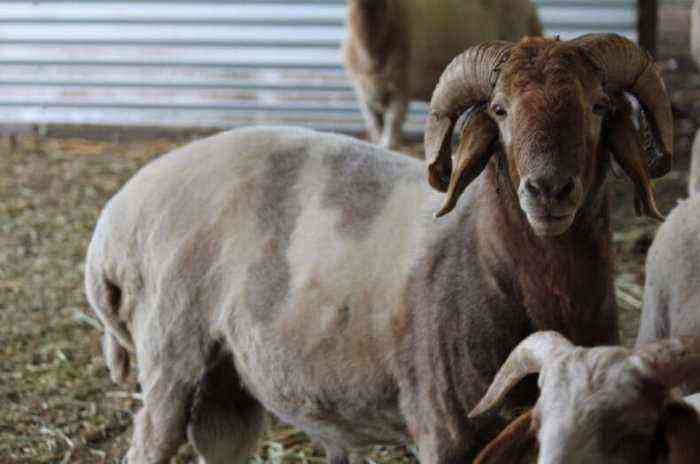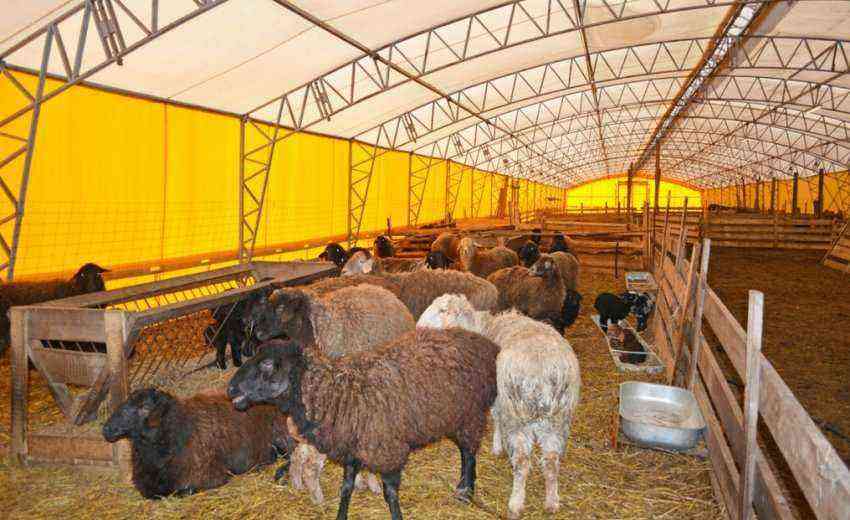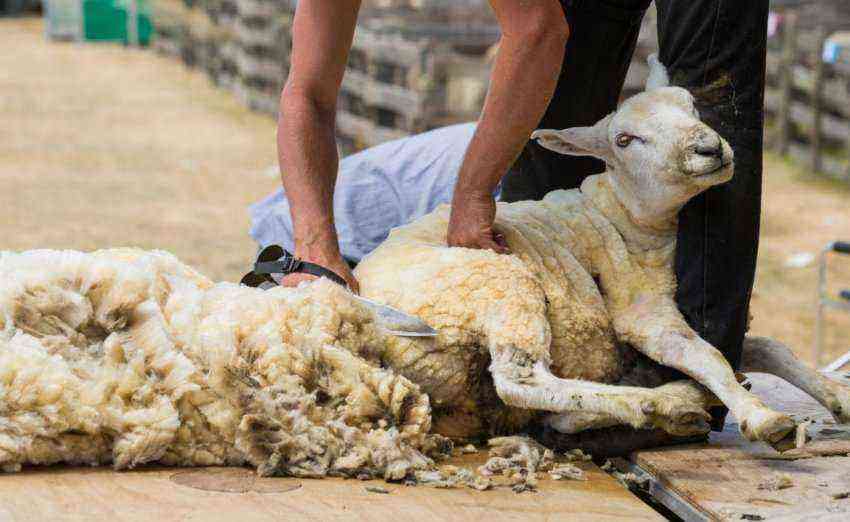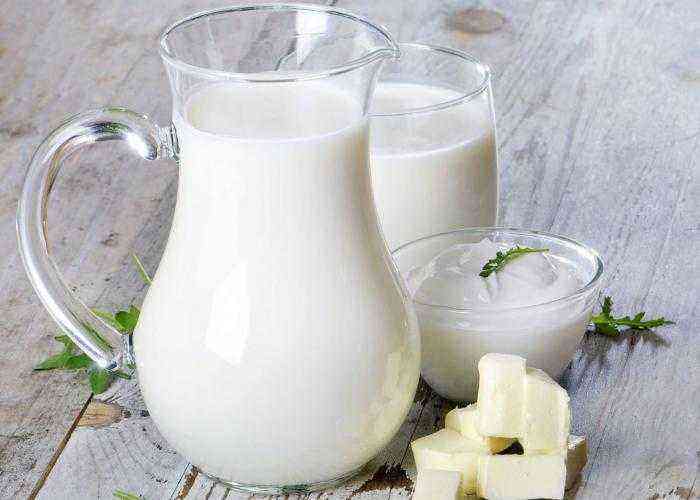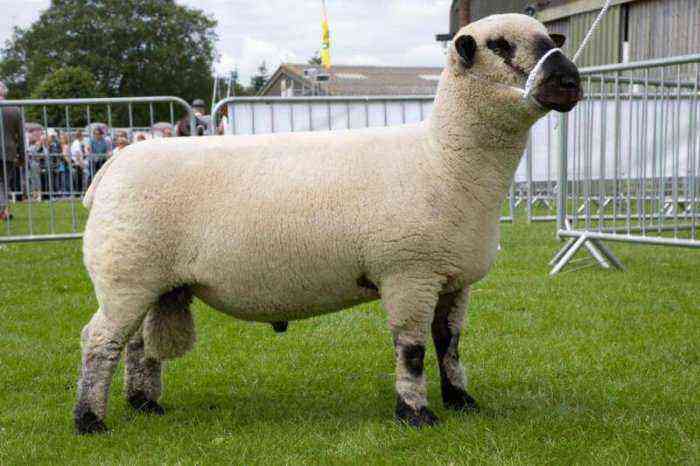To date, sheep breeding in the world is no less common than the breeding of cows, pigs, goats and other types of domestic animals. Meat, wool and milk of such animals are very popular. But if we talk about the productivity of livestock more specifically, then we can not do without the weight of sheep. Due to the wide variety of breeds and ways of keeping, the weight of a sheep suggests a fairly wide range of values. And in this case, it is extremely useful to know what this indicator depends on and how to achieve maximum values.
Determining the weight of sheep
Why do you need to know the weight of a sheep
Before determining how much a sheep weighs, it is necessary to analyze in more detail how exactly knowledge of such a parameter is useful to the breeder. Accurate animal weight data is useful for:
- determining the effectiveness of the chosen method of feeding livestock;
- analysis of the completeness of the conversion of feed used;
- determination of daily weight gain in young lambs;
- selection of sheep and rams suitable for mating;
- timely detection of diseases and obesity in an animal.
By comparing the real indicators with the recommended average weight values for a given breed, the breeder can adjust the diet of livestock in time, introduce vitamins and supplements into the menu. This allows you to seriously improve the productivity of the flock and more rationally use fodder reserves.
Average weight of sheep of various breeds
One of the main criteria that determine the weight of a sheep is the breed. Representatives of different breeds vary significantly in weight. It should be noted that all breed lines of sheep are conditionally divided into several types:
- woolen;
- fur coats;
- meat-wool;
- meat-sebaceous.
Woolly sheep
Woolly breeds do not have developed muscle mass. They are bred for quality wool, which is highly valued in the production of clothing and accessories. Average weight indicators for such livestock species range from 70–85 kg. The clear leaders in the quality of wool among this type of animal are fine-wool breeds, the most popular of which are:
- Stavropol. The weight of an adult sheep of this breed line is only 50–55 kg. The average weight of a ram sometimes reaches 100-110 kg.
- Altai. For Altai sheep, a weight of 90–95 kg is considered characteristic. Uterus, as a rule, do not gain more than 65 kg.
- Caucasian. Males sometimes reach a weight of 130 kg, lambs – 50–64 kg.
Fur coat breeds
Representatives of this category are also bred to obtain a quality fleece. Most often, fur coats are made from such raw materials, as it perfectly holds heat and at the same time is light and durable. But, as in the previous case, the muscles of such sheep are poorly developed, so the average weight of the queens is from 45 to 55 kg. Sheep can reach 100-110 kg.
fur coat sheep
The most popular representatives of this category are the Romanov sheep. These animals are almost universal in terms of productivity. They give large annual shearings of wool, average milk yields and high-quality tender lamb. The weight of the male varies between 55–80 kg. Females reach the mark of 40–50 kg.
Meat-wool
Representatives of breed lines of the meat and wool direction are grown to obtain meat and wool, which is significantly inferior in quality to the two previous categories, but is still used in the production of fabrics.
The average weight of such animals already varies between 90–110 kg. The most popular breeds of meat and wool productivity include:
- Vyatskaya. The weight of sheep of the breed is 55–65 kg. At the same time, rams grow up to 110–130 kg. The record weight in this variety is 140 kg.
- Romney march. Queens of the breed grow up to 80–90 kg. The mass of sheep reaches 120 kg or more. By the age of 4 months, the lamb already reaches the mark of 40 kg.
- Kuibyshevskaya. Such living creatures were bred on the territory of Russia. It is grown not only for meat, but also for the long thick wool with which it is covered. The weight of an adult ram of this variety sometimes reaches 140–150 kg. The uterus reaches the mark of 70-90 kg.
It is worth noting that among such breeds there are also smaller ones. A striking example is the Volosh pedigree line of sheep. The uterus of this variety reaches only 45–55 kg. At the same time, the mass of an adult ram, as a rule, does not exceed 70–80 kg.
Meat-sebaceous
This direction includes breeds whose representatives suggest the largest dimensions. Such sheep, even on a meager diet, quickly gain weight and are valued for their large slaughter yield of meat, as well as for fat tail fat, which many peoples use for cooking.
As for the coat, it is extremely short in this species of animals. Annual cuts involve small volumes, and such raw materials are used mainly for the manufacture of technical fabrics such as felt.
In general, the average weight of these animals ranges from 140 to 200 kg.
The most famous breeds that are among the meat-greasy are:
- Edilbaevskaya. The uterus of this breed line weighs about 100-110 kg. At the same time, an indicator of 140-150 kg is considered the average mark for sheep.
- Hissar. Hissar lambs weigh on average 80–90 kg. But the weight of sheep, as a rule, is from 140 to 200 kg. Moreover, a third of this value can be occupied by a greasy bag – fat tail.
Reference. The above figures indicate only the average values of the mass of sheep of different breeds. More specific indicators largely depend on the conditions of feeding, maintenance and a number of other factors.
Factors affecting the weight of the animal
In addition to breed, a number of other points also affect how much a sheep weighs. The main ones include:
domestic sheep
- Feeding. It is quite possible for a breeder to feed a flock even on scarce pastures, supplementing rare greens with minimal amounts of grain feed. But to obtain record weights, characteristic of the breed, you need a clear diet with an abundance of feed and special vitamin supplements.
- Age. Sheep and rams reach their maximum live weight by the age of 3–4 years. After that, the gains end, and over time, the animal can gradually lose weight.
- Conditions of detention. Serious mistakes in care, as well as violation of the minimum sanitary and hygienic standards, are a serious stress for living creatures. Naturally, this affects how much the animal weighs.
It is possible to maximize the genetic potential of an animal only if these points are taken into account in the breeding process.
Thus, talking about the specific weight of a sheep is allowed only taking into account all the accompanying factors. This indicator varies greatly depending on the breed, age of the animal, feeding and maintenance conditions. But knowing the average weights for the breed will allow the breeder not only to select the diet more competently and control its effectiveness, but also to diagnose developmental disorders and various diseases in the animal in time.
